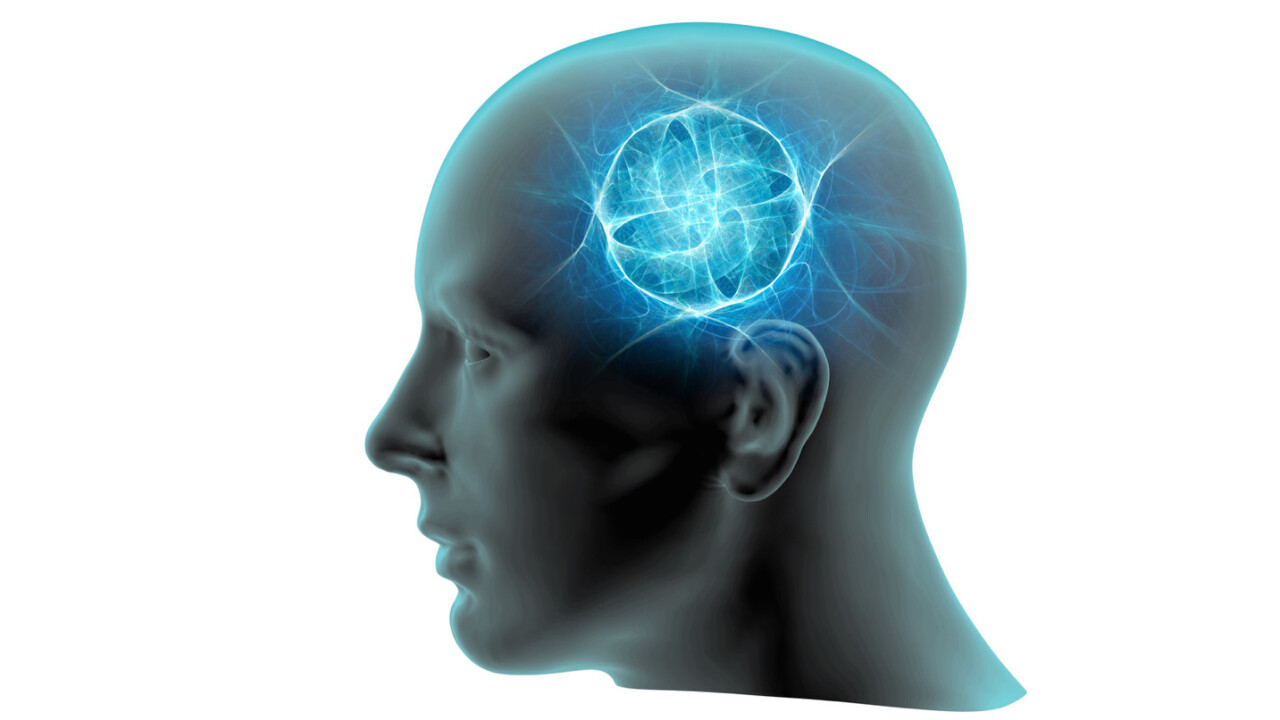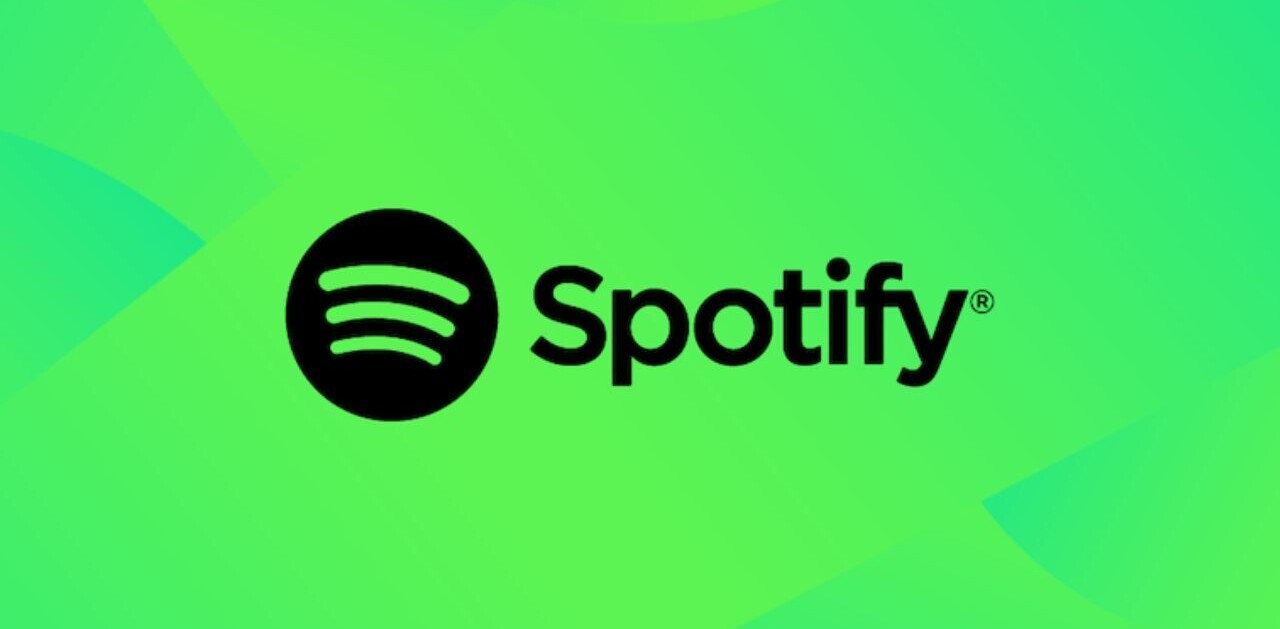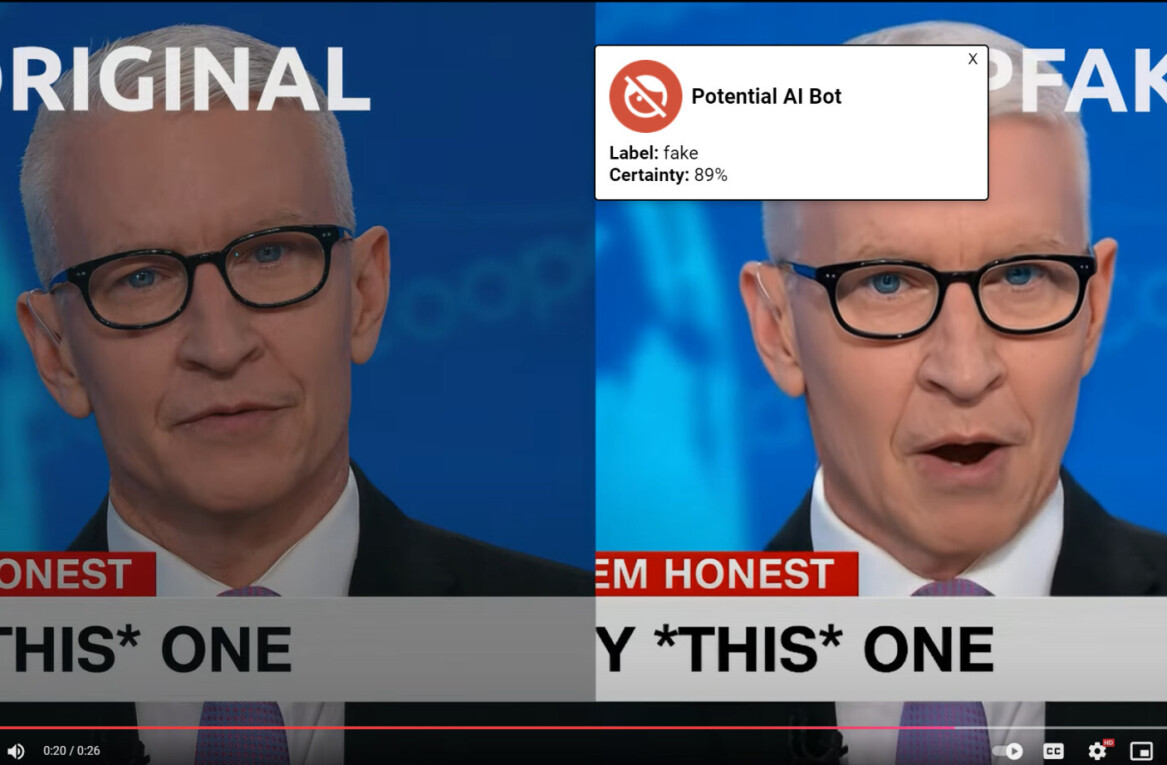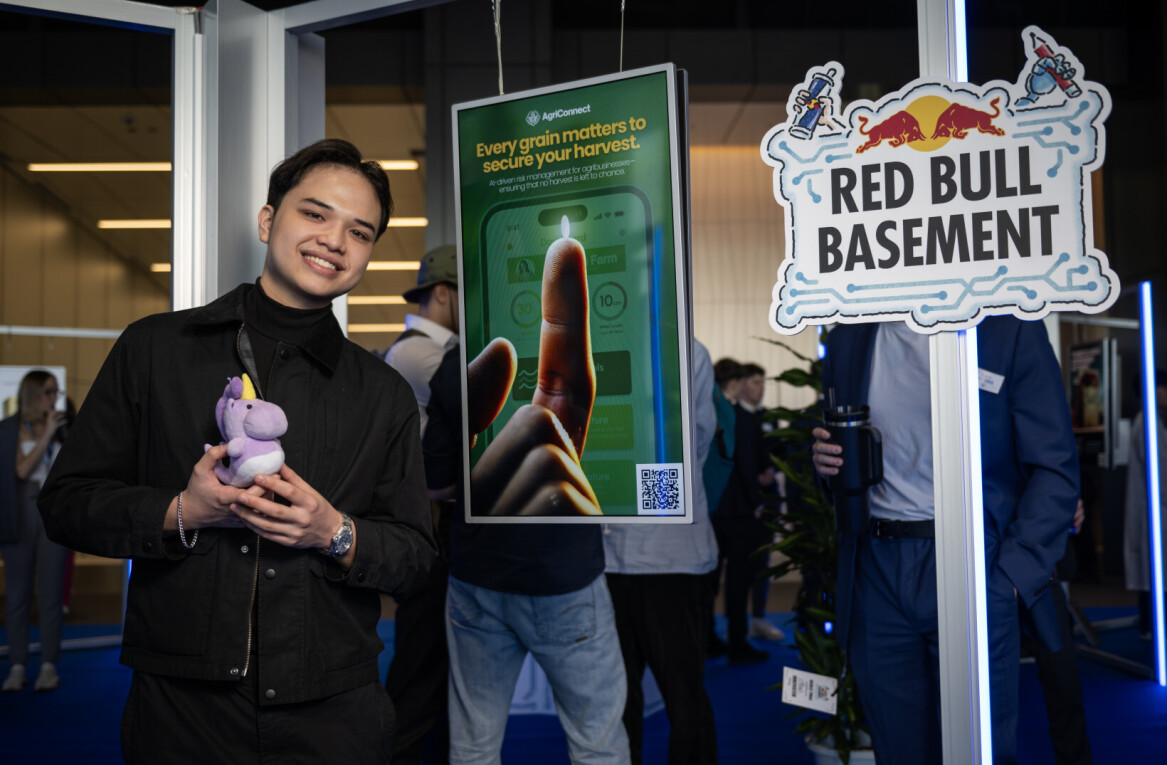
The state of mental healthcare in the US is in crisis. Suicide is the second leading cause of death in the US, and at a 30-year high. Anxiety and depression are literally killing us. Something has to give.
Part of the problem is the stigma attached to seeking help for emotional problems, part of it is providing options to those incapable of reaching out, or unwilling to.
To address these issues, we must take them seriously. We need a way to offer treatment to everyone, no matter where they live. And we need a way of bringing inexpensive on-demand therapy to people, not making them seek help. Technology is part of how we’ll accomplish this end.
There are a few startups that employ medical doctors and machine-learning programmers side-by-side. These companies are part of a push towards integrating the tech we use everyday with mental healthcare.
Mindstrong, an AI startup, wants to turn your smartphone into an emotional diagnostics device. Former Director of the National Institute of Mental Health, Dr. Thomas Insel, president and co-founder of the company, believes people need a personal way to measure the state of their mental health. We can already get biometric data from our phones, like pulse and activity level, Mindstrong intends to glean information about our emotional state from them too.
The idea is clever; we use our devices differently when we’re mad than when we’re chilling out. Mindstrong wants to track your physical interactions with your phone, and what you’re doing on it, and use that info to form a picture of your mental state.
Dr. Insel believes his product will be able to predict emotional health concerns before they manifest. He’s hopeful we’re on the verge of an ‘accessibility’ breakthrough in mental health care:
What excites me about Mindstrong is the transformation of an individual’s patterns of typing or scrolling on a smartphone into precise measures of cognitive function.This new, powerful approach to assessment serves as the foundation for developing better interventions to improve mental health care. Mental disorders are global health problems. With smartphones we have a potential global solution.
Mindstrong is designed to give those insights to doctors, bridging the between visits gap. It’s only available with a doctor involved. Think about your physical health routine: most of us don’t have personal trainers, or nutrionists in our lives, like movie stars do. We use a cheap gym, or workout for free. We watch our own diets, or lookup healthy recipes online — we even self-medicate for headaches and sore knees with aspirin. For major health problems you see a doctor, otherwise we maintain our physical well-being our own.
We don’t have resources like that for anxiety and depression. You can go to therapy, visit a hospital, or call emergency services. There’s no aspirin for depression, there aren’t 24-hour on demand therapists that cost little-to-nothing and can be summoned with the press of a button. We need a bridge between needing someone to talk to and needing professional help. For our mental health what we could use is daily evaluation and personalized insight — and AI can do that.
The work is underway with offerings like Woebot, available now, though we’re not quite there yet.
Woebot is an AI-backed chatbot that helps people discuss their anxiety and depression. It leads people in conversation, remembers what they say, and follows-up over time. The best part about it is that it uses text messages, emoji, and short videos to engage users. If you have access to Facebook Messenger, you have access to Woebot.
It isn’t designed to replace human-to-human therapy, of course, but instead builds on the fact that just talking about your mood on a daily basis is proven to help fight anxiety and depression. Alison Darcy, CEO and founder of Woebot, had this to say about the role machines can play in addressing the mental healthcare crisis:
The real issue is mental health problems are getting out of control. It’s not an exaggeration to say it’s an epidemic at this point. We don’t tend to our mental health the way we tend to our physical health. Mental illness has been so stigmatized. The truth is: everyone has mental health. Its not about taking therapist’s jobs, it’s about providing a reasonable alternative to having to seek out a person just to talk about your mood or learn about mental healthcare.
Hospitalization for a broken leg probably isn’t going to cost you your job, but what about being admitted for two weeks because of anxiety? It’s a weighty decision for most people to even begin the process of seeking help, much less follow-through every day.
To get help you have to tell someone else that you’re not feeling mentally healthy, and that’s a big deal. Woebot’s mom, Dr. Darcy says:
A lot of people want help, but they don’t have the access they should. People in rural areas don’t have as many options, for example. Some people just are not ready to talk to another person.
Researchers like Dr. Darcy and Dr. Insel are laying the ground-work for technology that lets people treat their minds with the same respect they give their waistlines. Their ambition is easy to see, they want to empower people to take control of their emotional and mental well-being. It won’t take decades either, we’re not relying on cutting-edge advances in machine-learning to make up the difference.
In fact Dr. Darcy cautions against over-stating the function that AI plays in what Woebot does:
The AI is very restricted, we’ve erred on the side of control. It’s more about finding the right way to interact with people in a familiar way. Instead of using AI to determine how Woebot talks to people, we’re using it to determine what he chooses to say next, from a predetermined set. We base everything on cognitive behavior therapy, or CBT, so there’s a specific way it will interact with people.
So Woebot isn’t an advanced neural-network. We don’t need better therapists, or machines to replace the ones we already have, the problem with mental healthcare right now isn’t quality. It’s also not a lack of people in the mental health industry.
People need greater access to therapy solutions, not more doctors. Dr. Insel told The Atlantic: “We’re not going to reach all those people by hiring more psychiatrists,” and he’s right. We need interactive guidance available on tap; technology has to take the anxiety out of seeking help.
AI can provide immediate relief for anxious and/or depressed people, and that’s a big step on the path toward reducing the suicide rate for good. Mindstrong’s AI will live in your phone, gathering information about your mood. Woebot wants you to open up to it so it can teach you about mental healthcare techniques.
There’s light at the end of the tunnel for those of us who aren’t ready to reach out to a human — it’s the soft glow of your smartphone as you tell an artificial intelligence how you’re feeling.
Get the TNW newsletter
Get the most important tech news in your inbox each week.





